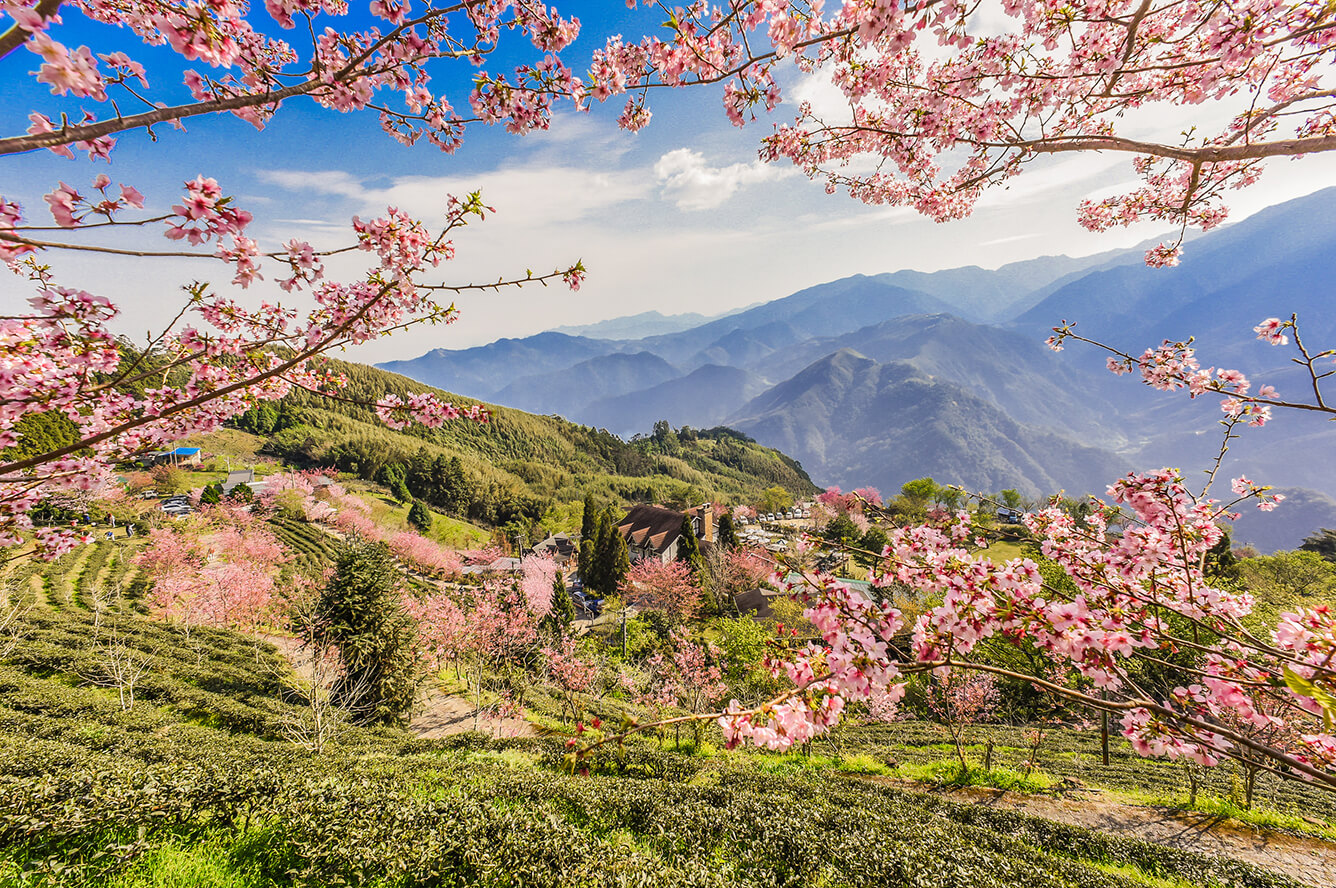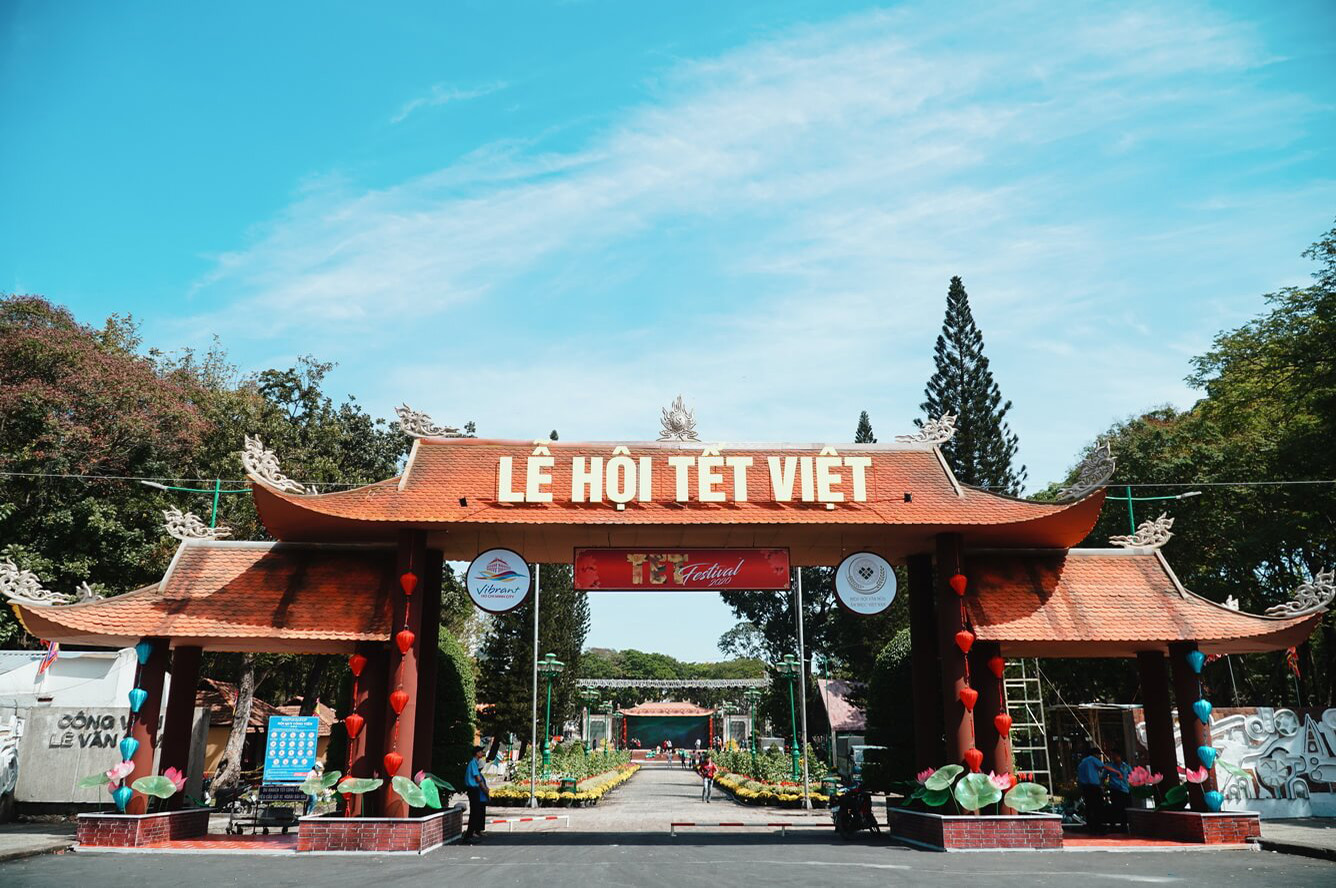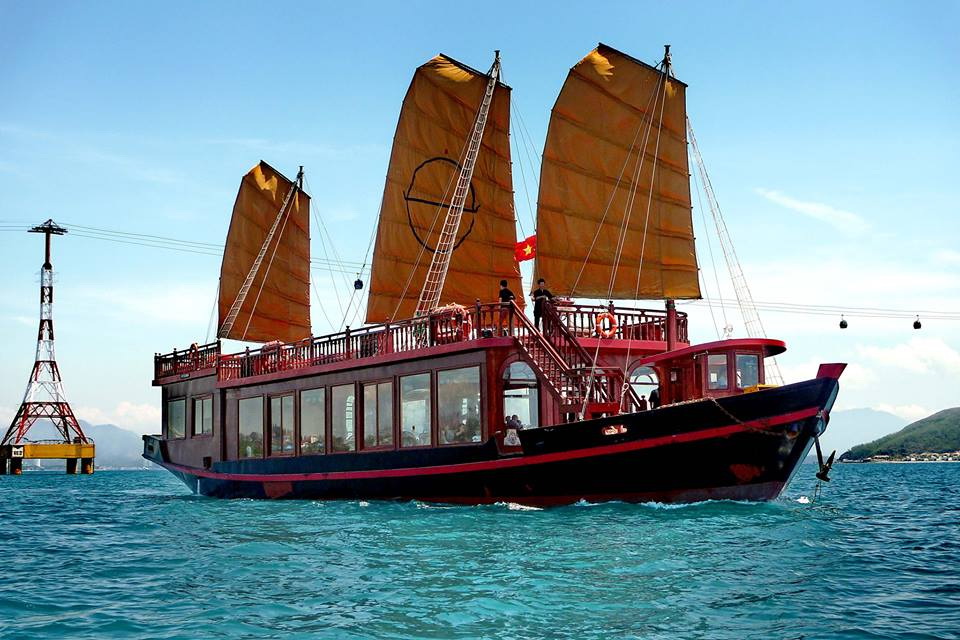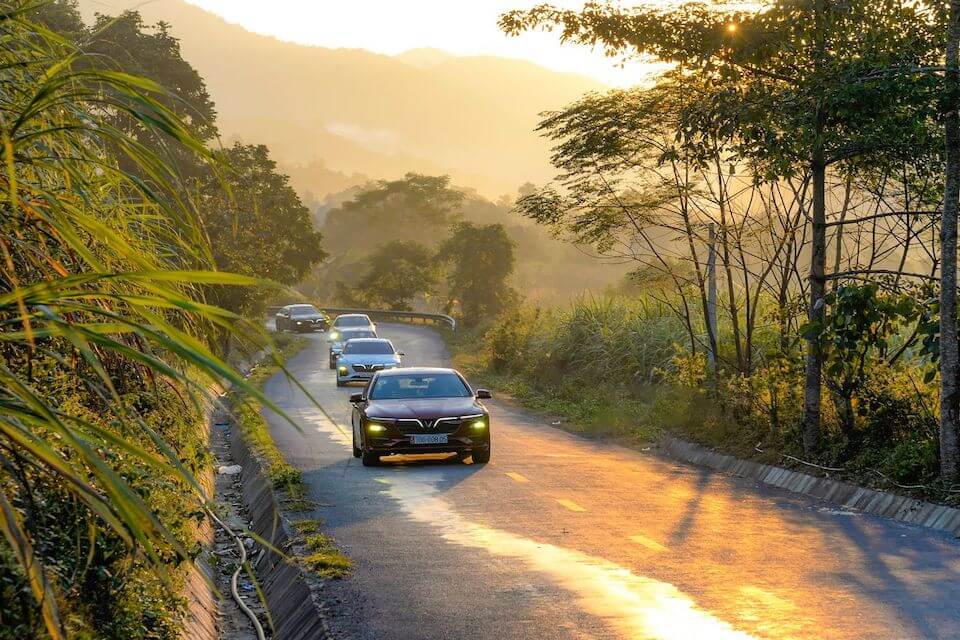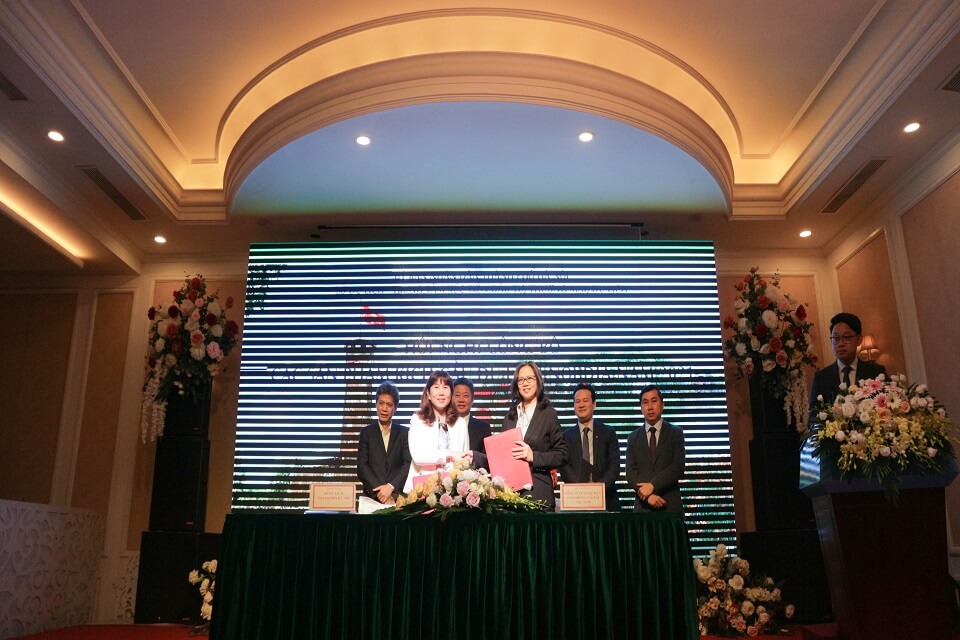7 CASTLES YOU MUST SEE IN FRANCE
This region of fertile land was the seat of royal power during early French history. Kings, queens, and other royalty built grand palaces here as they cemented their rule of this vital trade region.
However, French royalty still expended considerable money building beautiful châteaux. The Loire Valley has over 80, and it would take a lot more of my limited time to see them all. But I did manage to visit a bunch — and find out ways to do so on budget! Here are the highlights:
Chambord
Entering the castle grounds and seeing this massive ornate structure elicited an audible “wow” from my mouth. I marveled at the building’s intricate masonry and beautiful spires. The interior’s massive double-helix staircase inspired by Leonardo da Vinci creates a focal point that draws your attention as you move through the house. I loved the symmetry of the large halls and old paintings of royalty.
This place was gigantic and took hours to see. There are incredible views from the roof, but my favorite moments were mostly in the gardens, just staring at every inch of this palace. Truly fit for a king — or at least a zillion daily tourists!
Villandry
However, despite the grand exterior of the castle, I found the interior lacking, and I moved through it pretty quickly. Other than the ornately decorated first rooms, the interior is very bland (and kind of worth skipping all together).
The main draw of this château is its famous Renaissance gardens, which include a water garden, ornamental flower gardens, and vegetable gardens, altogether containing over 60,000 vegetables and 45,000 bedding plants! These are laid out in formal, geometric patterns separated with low box hedges. It’s a beautiful place to wander and relax, with a stream running through it and many spots to sit and contemplate. There’s also an adjacent woods with a few trails that not many people wander around, so you have them all to yourself! Overall, the gardens and woods are the best part of this castle, and that’s where your time should be spent!
Blois
There’s not much left of the medieval fortress. The main part of the castle was built in 1515 by François I in Renaissance style and includes a famous buttressed circular staircase leading to the private sleeping rooms and ballrooms.
While this castle is small and the exterior less ornate than others in the region, I found the interior to be second to none, with intricately restored rooms, detailed information plaques, and stunning period furniture. Outside, you get sweeping views of the town and river. It was a really lovely castle.
Amboise
That is what I really loved about the palace: the mix of architectural styles. You had the Gothic portion with its vaulted roofs, the Renaissance sleeping chambers and exteriors, and the grandly designed rooms from the 19th century. You can see the mark of history throughout the palace. I also loved the large, winding carriage ramp that descended from the castle into the town and the terraced gardens filled with oak trees. There’s also the church that contains the remains of Leonardo da Vinci! Really, this place is top-notch!
Clos Luce
Azay le Rideau
A lot of the place was (still) under construction when I was there, so not all the rooms were open. The interior was simple and well explained by signs but lacked any ornate furniture, paintings, or fixtures. This place had my favorite exterior, though. I loved the square configuration, with its turrets overlooking the garden; the fact that it’s built on a pond; and the long cobblestone driveway leading in from town. It’s easy to imagine royalty trotting down in their carriages to the wrought-iron gates on their way to attend a ball.
Chenonceau
After Henry died, his widow Catherine de’ Medici (also one of the most famous women in French history) forced Diane out of the castle and made Chenonceau her residence. (Fun fact: In 1560, the first-ever fireworks display seen in France took place here.) In 1577, she extended the grand gallery across the entire river, making the château what it is today. After she died, the castle bounced around various royalty and their mistresses, was luckily spared destruction in the Revolution, and then was renovated and sold a bunch more times before it became a state property.
Walking through a forest that opens up on two gardens (still maintained in their old style), you see this beautiful, thin castle that spans a river. The interior is quite small (it’s longer than it is wide), and while the rooms are well preserved, they are often very crowded since they are so small. They’re beautiful, but it’s rather nice to go into the gallery and stare out across the river. The gardens were cool to see in bloom, and there’s even a little maze on the grounds (though it’s easy to get out). (Another fun fact: This castle divided Vichy and German-controlled France and was often used to smuggle Jews to safety.)
Source Nomadicmatt

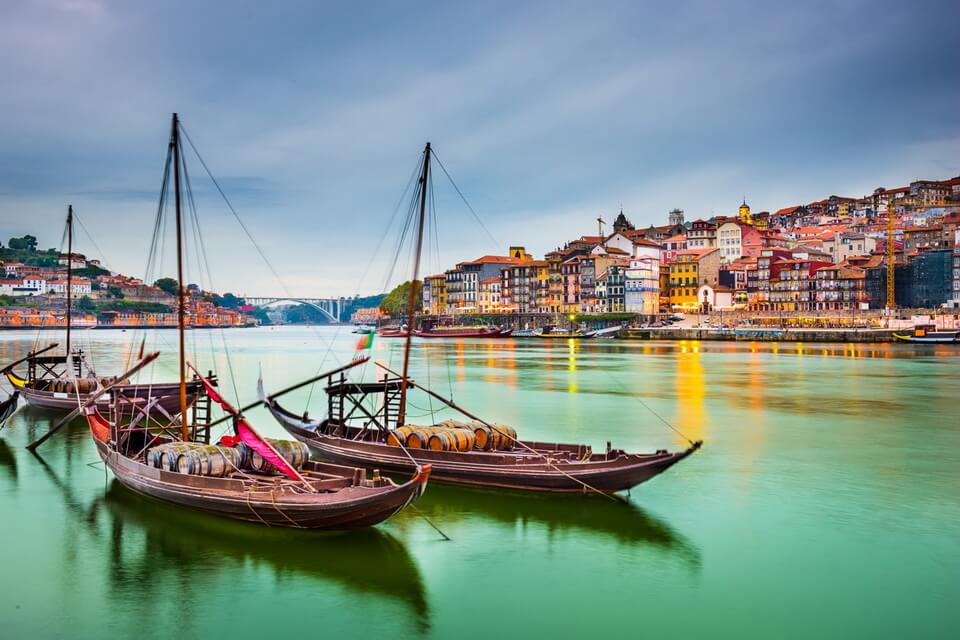
Benefits from investment for overseas settlement
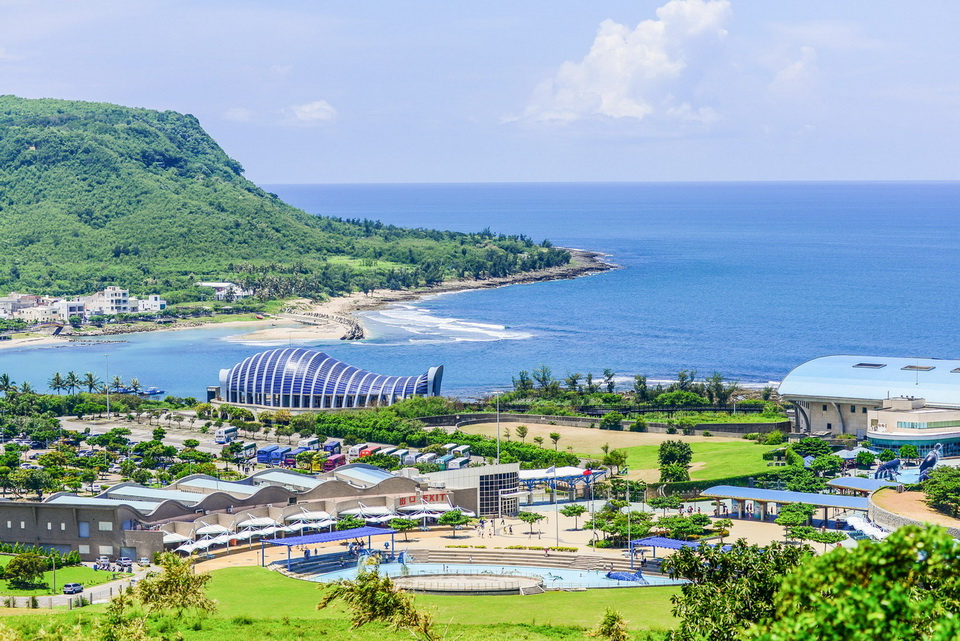
New experiences for travel in Taiwan

Exploring the ancient city of Bagan
Living a farmer’s life in Ibaraki Prefecture
Let’s live with farmers from the Hiroura Rural Experience Promotion Association in Ibaraki Town!
From cherry blossoms to nemophila, spring in Ibaraki is the season of flowers
Spring is the season of flowers blooming everywhere. This article would like to introduce the places ...
What's so special about experience tours in Ibaraki?
Ibaraki Prefecture is easy to reach from Haneda Airport or Narita Airport. It takes about 90 minutes ...
Where to see the most spectacular Cherry blossoms in this Spring
Spring is here, and so is the countdown to one of the most beautiful blooms of the year: Cherry blos ...
Tet and others spectacular festivals around the world in January 2020
In January 2020, Tet festival in Vietnam and others spectacular festivals around the world are color ...
The best Christmas drinks from around the world
Boozy, warming, and very indulgent – what more do you expect from a Christmas cocktail? Try one of t ...









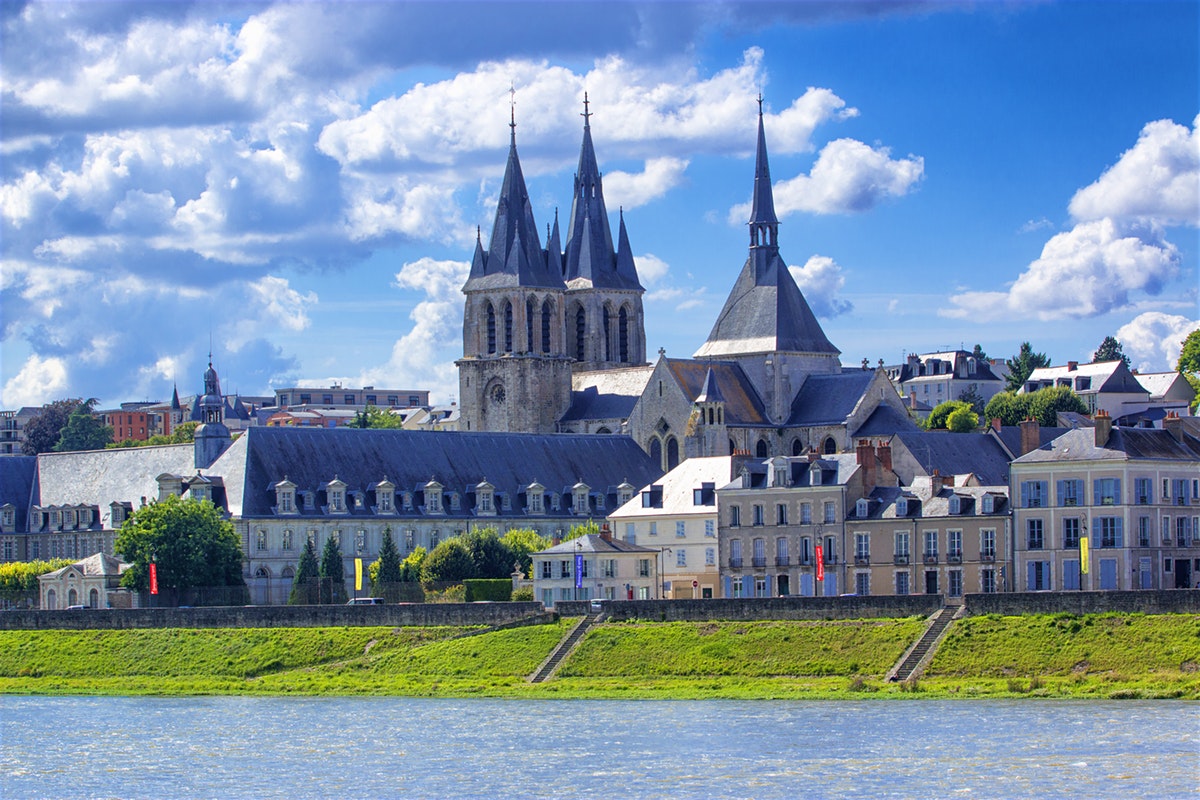
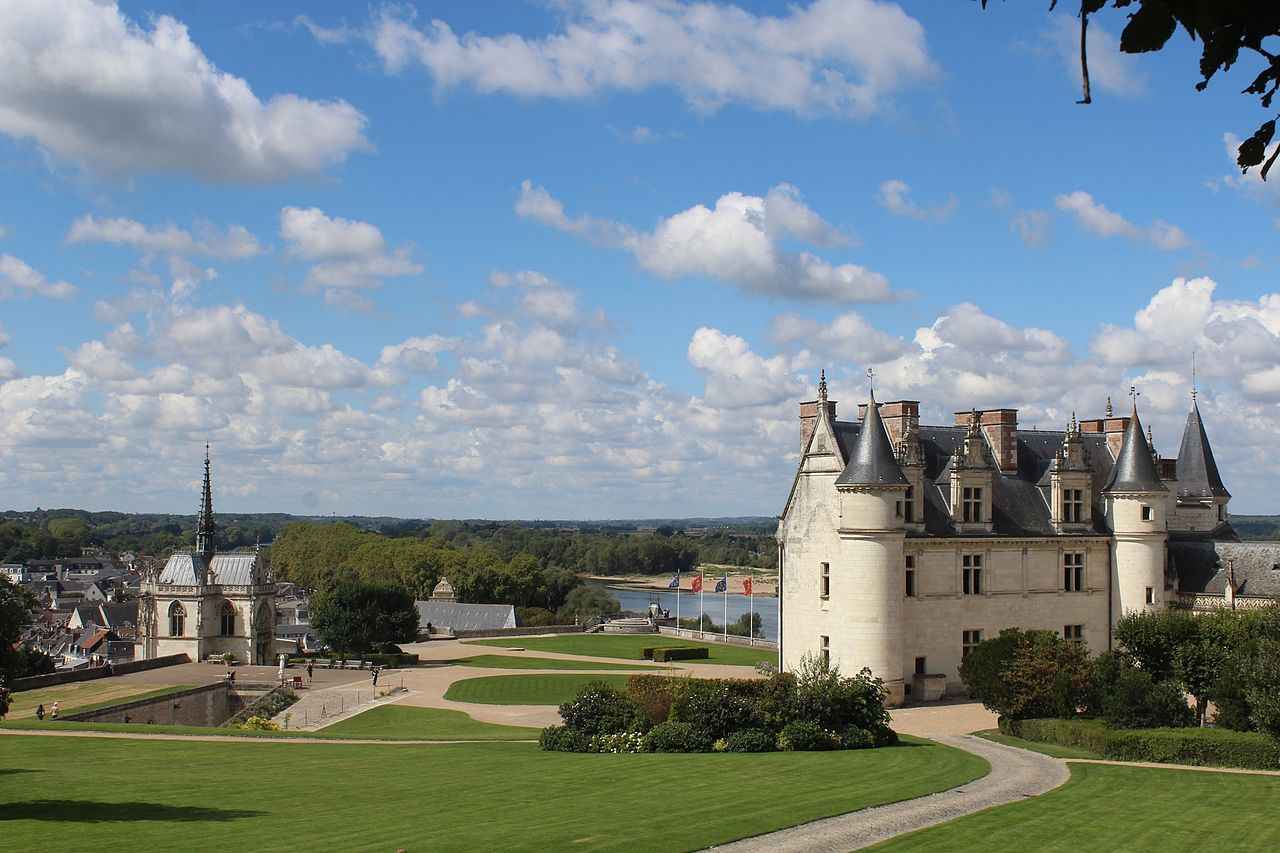
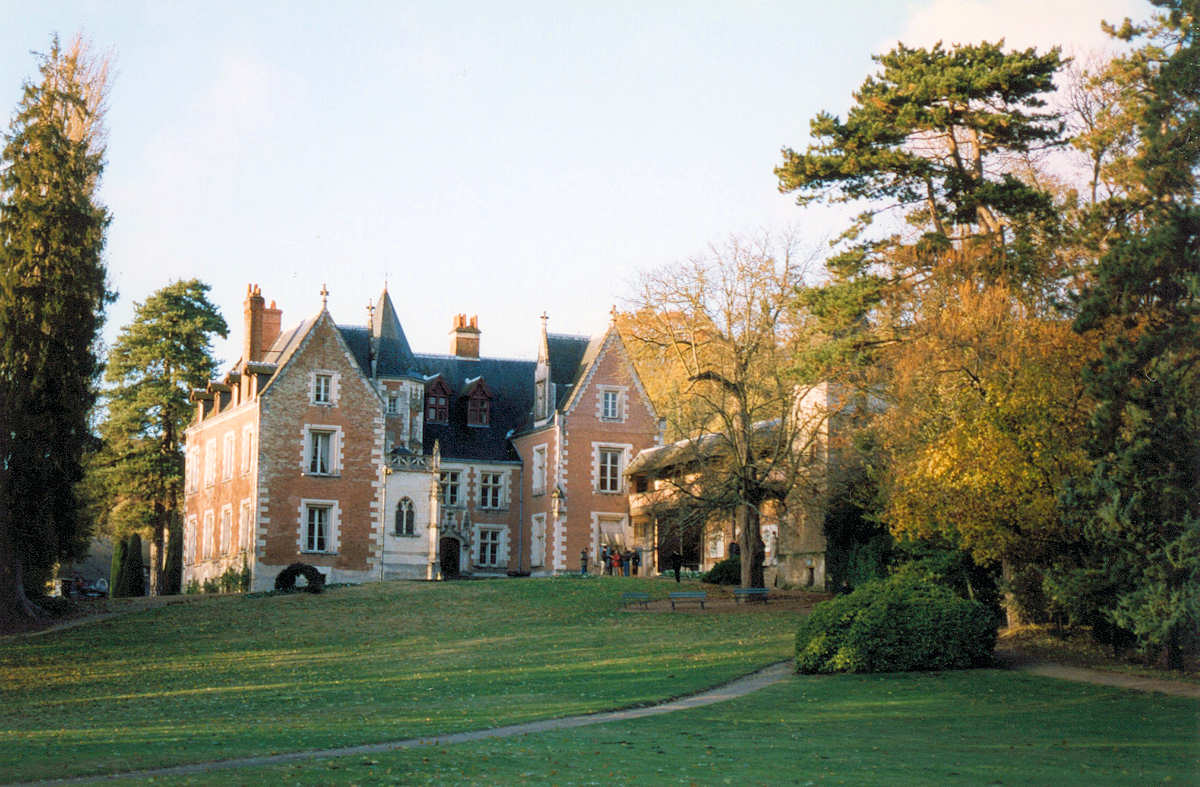
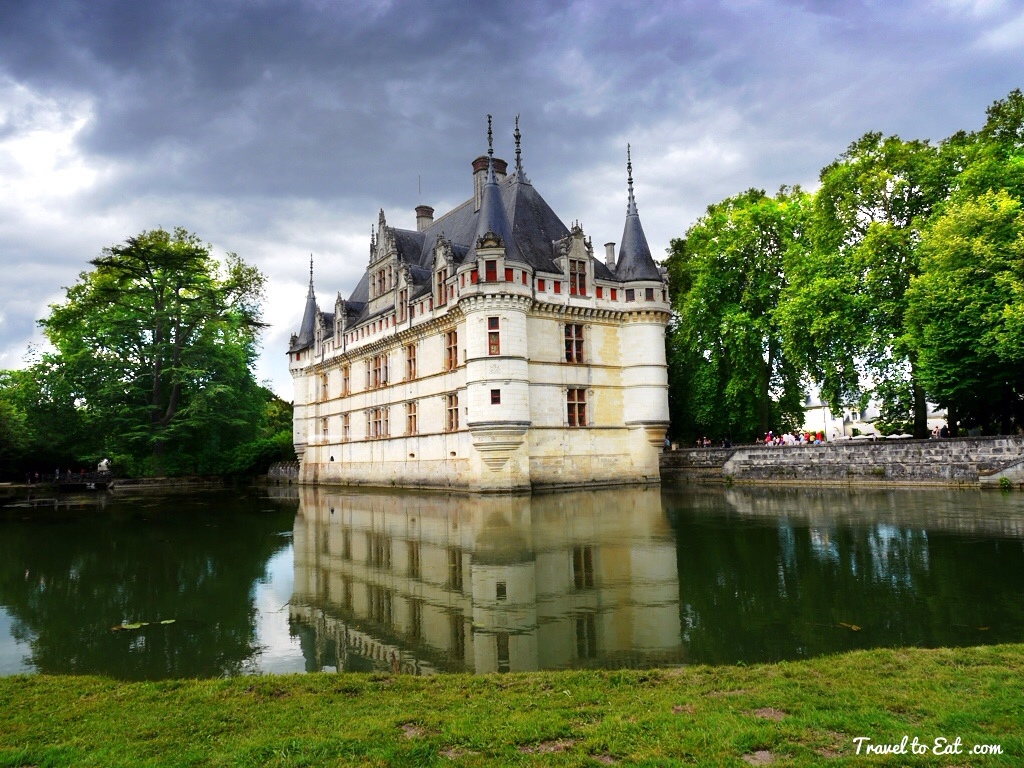
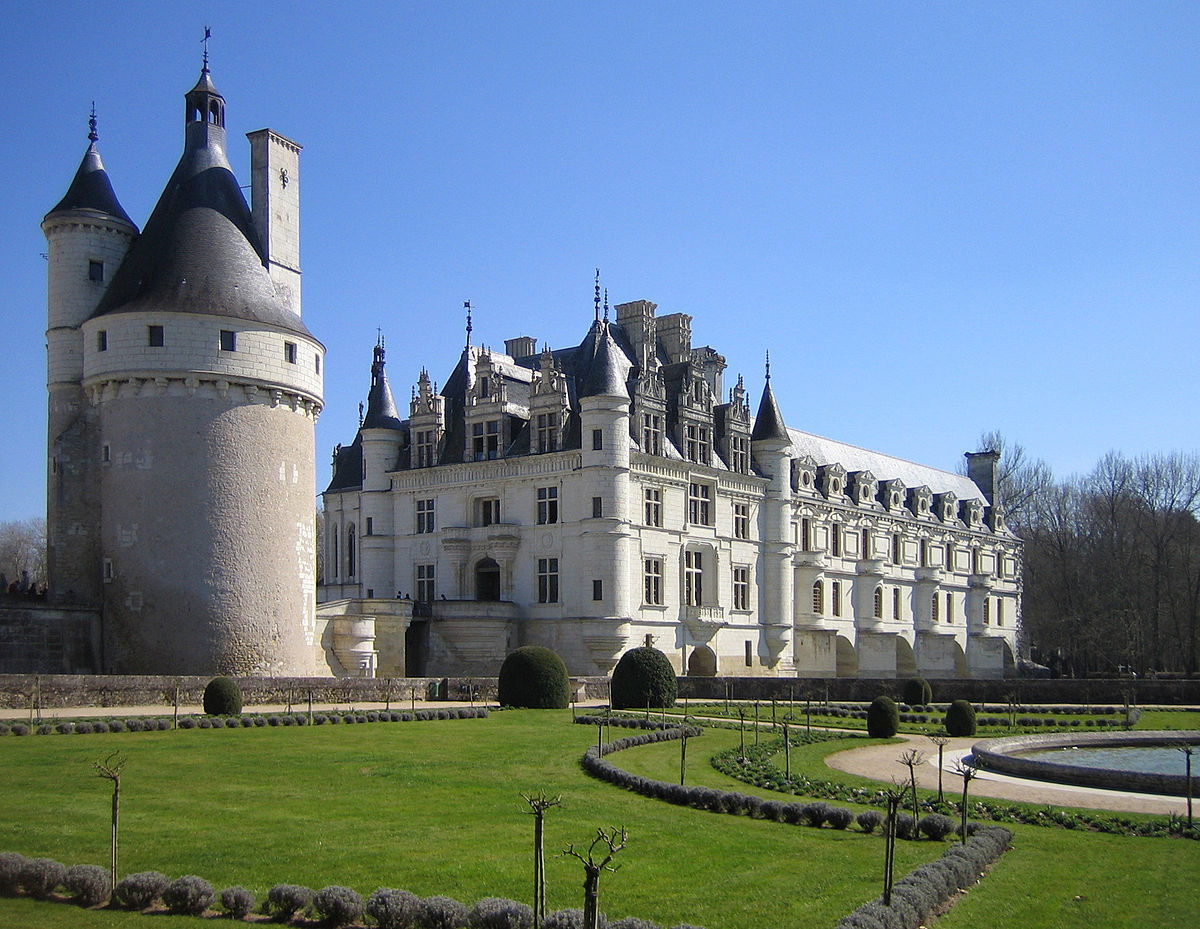
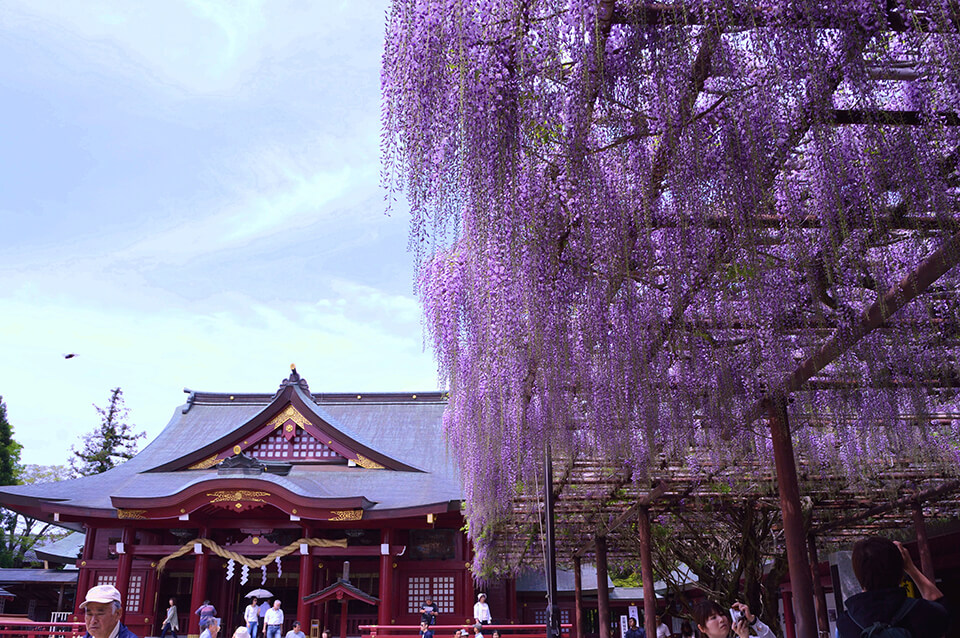
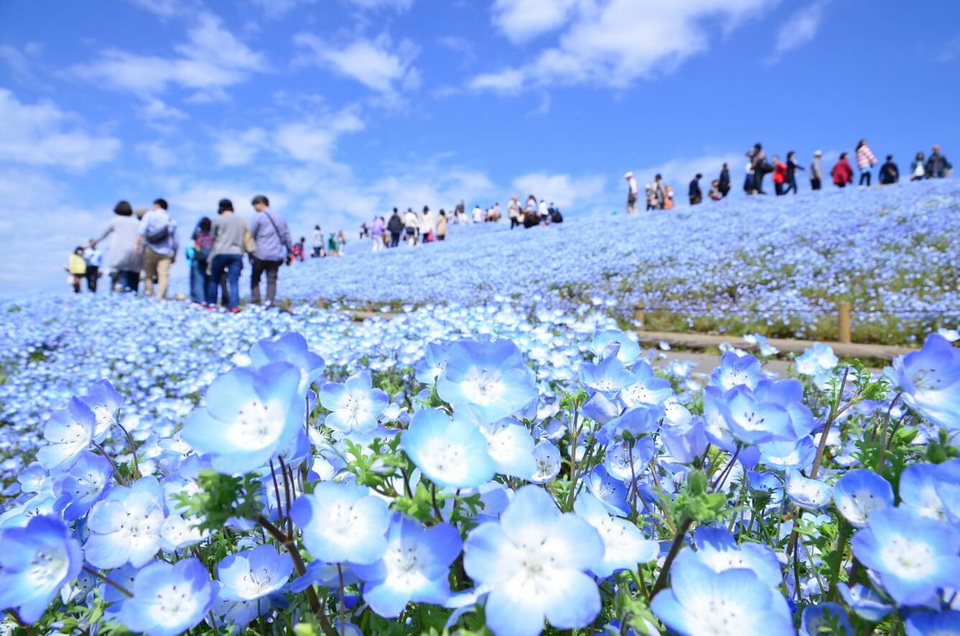
 (1).jpg)
